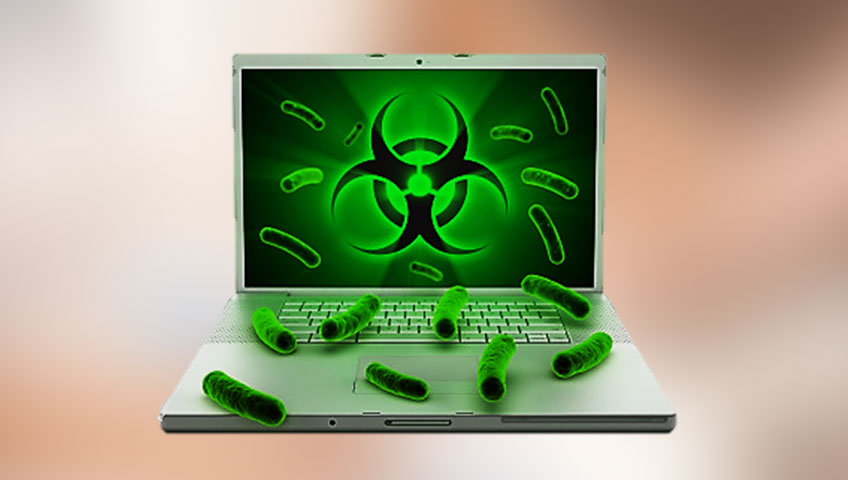Most of us know the drill of pulling up our antivirus software and running a quick system scan or relying on other built-in security protections that come pre-loaded onto our devices, but antivirus software and Windows Defender are not the only things which can keep your computer protected. A huge determining factor in whether or not your computer will get malware is knowledge. Knowing what to be on the lookout for and how to protect yourself beforehand during your daily computing time can and will save you from a whole lot of headaches in the future, so here are four computer security threats you may not be aware of.
USB Drive Malware and Viruses:
Malicious attacks can happen very quickly if a nasty USB stick should be plugged into your computer by you or someone else. Studies show that more than half of people will readily plug in any random USB drives we find just to see what is on there. Modern versions of Windows and mac no longer run executables on USB drives by default, but the most advanced malware can get around this.
The best way to stay safe is to be careful with what you plug into your computer. If you do have an antivirus package installed on your computer, it might already have some kind of USB drive protection available, so make sure it’s correctly configured and switched on. Otherwise, run a thorough virus scan on any new drives when you attach them.
Webcam Hacking:
The easiest way to keep hackers out of your webcam is just to tape over the camera or use the built-in shutter. There is also some software tweaks you can make too. In Window, open up Device Manager, right click on your webcam and then choose Disable. In Windows 10 you can choose Privacy then Camera to pick which apps can and can’t use the webcam.
Insecure WiFi Connections:
Even if you’ve got all your data safely locked down on your computer, once it’s beamed out into the internet it can be nabbed by someone else with surprising ease. We’re talking here primarily about public Wi-Fi networks, where you’re sharing your access with a coffee shop or hotel full of other people.
Here are some steps you can take to stay protected; stick to sites that use secure HTTPS connections (usually signalled with a green padlock in your browsers address bar), install a VPN (Virtual Private Network) to add an extra layer of encryption and protection.
Social Media Attacks and Pop-ups:
In terms of computer use, being suspicious of emails and messages that pop up over the social platform, thinking twice about following through on pop-ups and prompts on your system, and being very careful about the information you cross paths with, whether that’s over the social media, in person or over the phone. Also, look out for phishing attacks.


